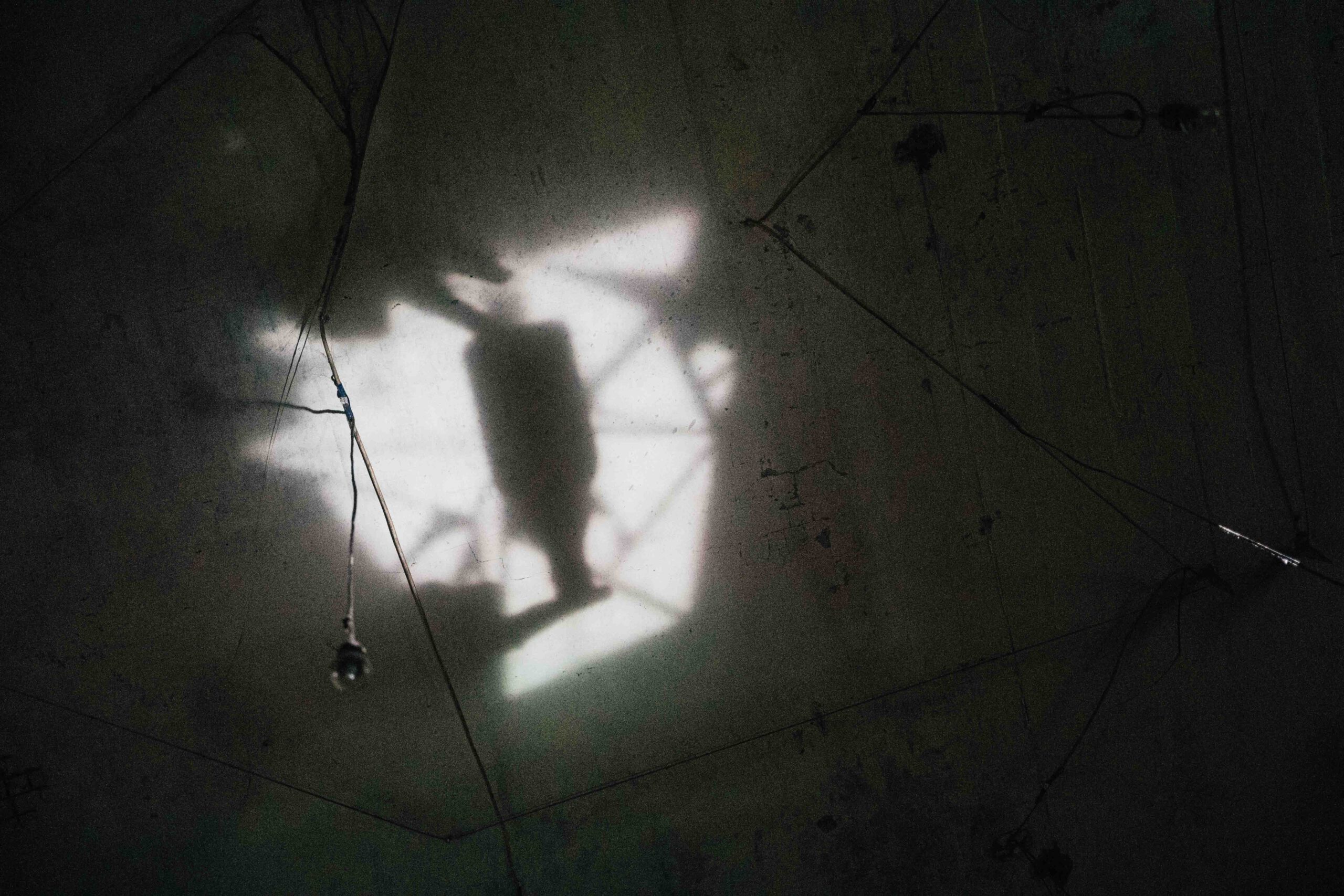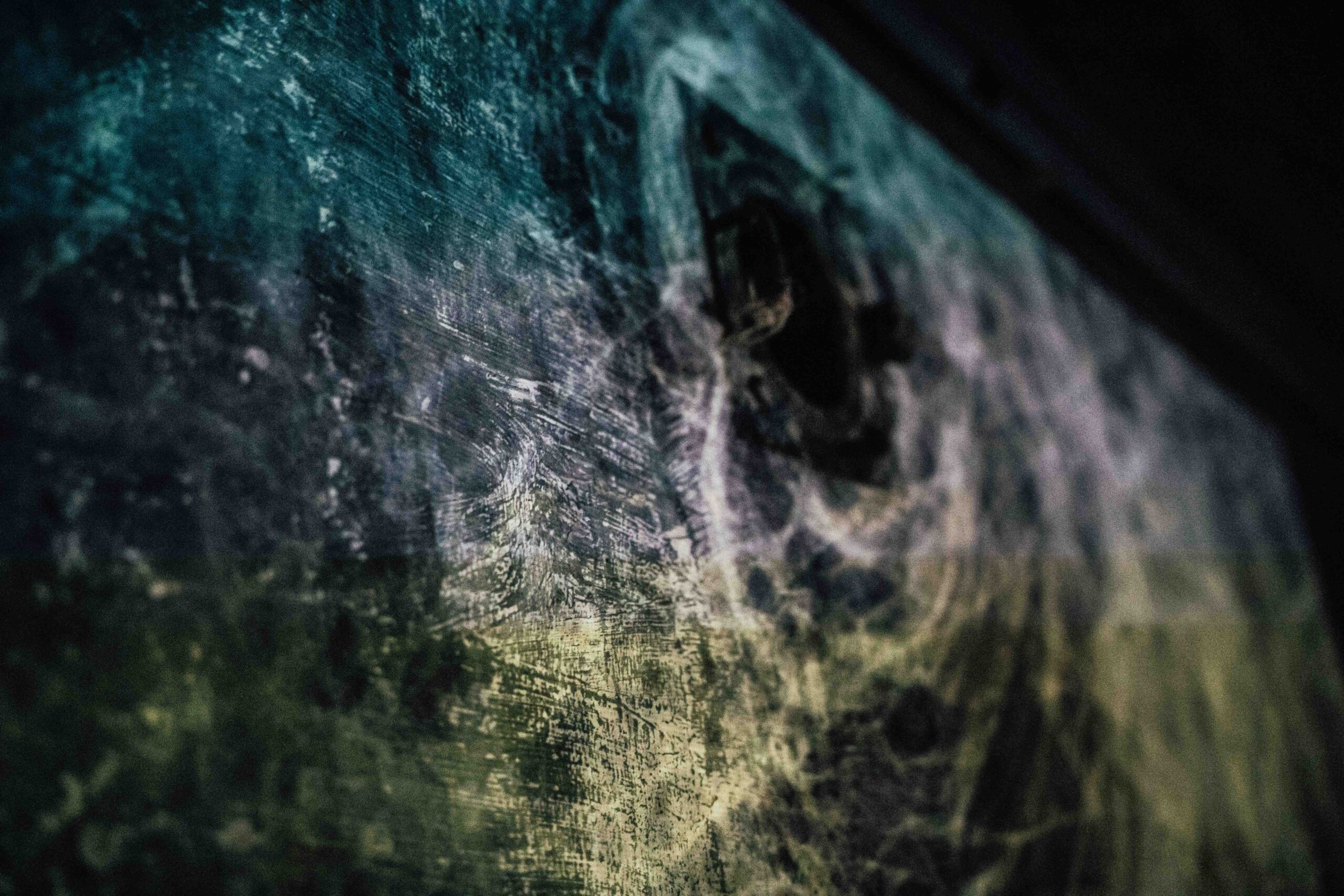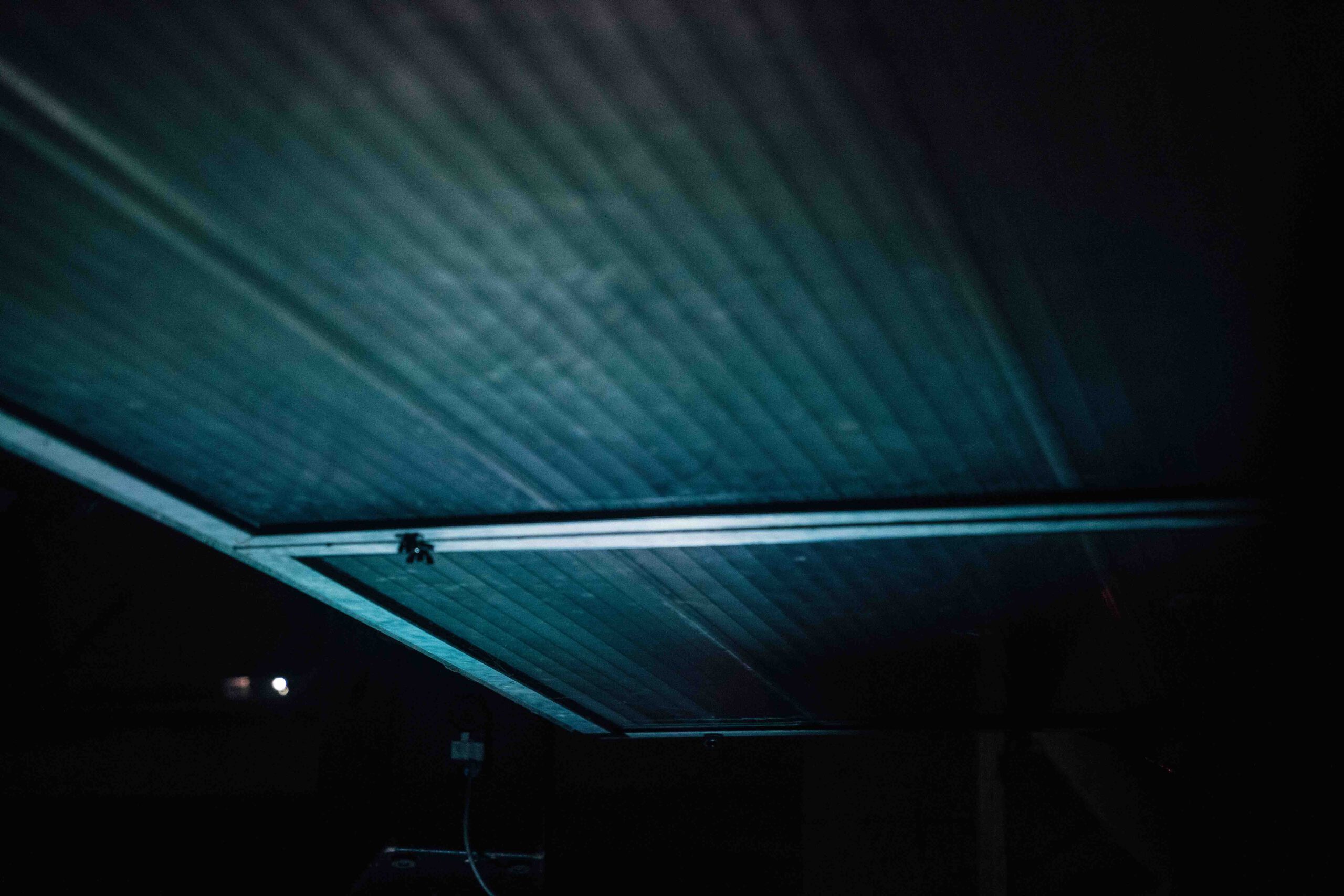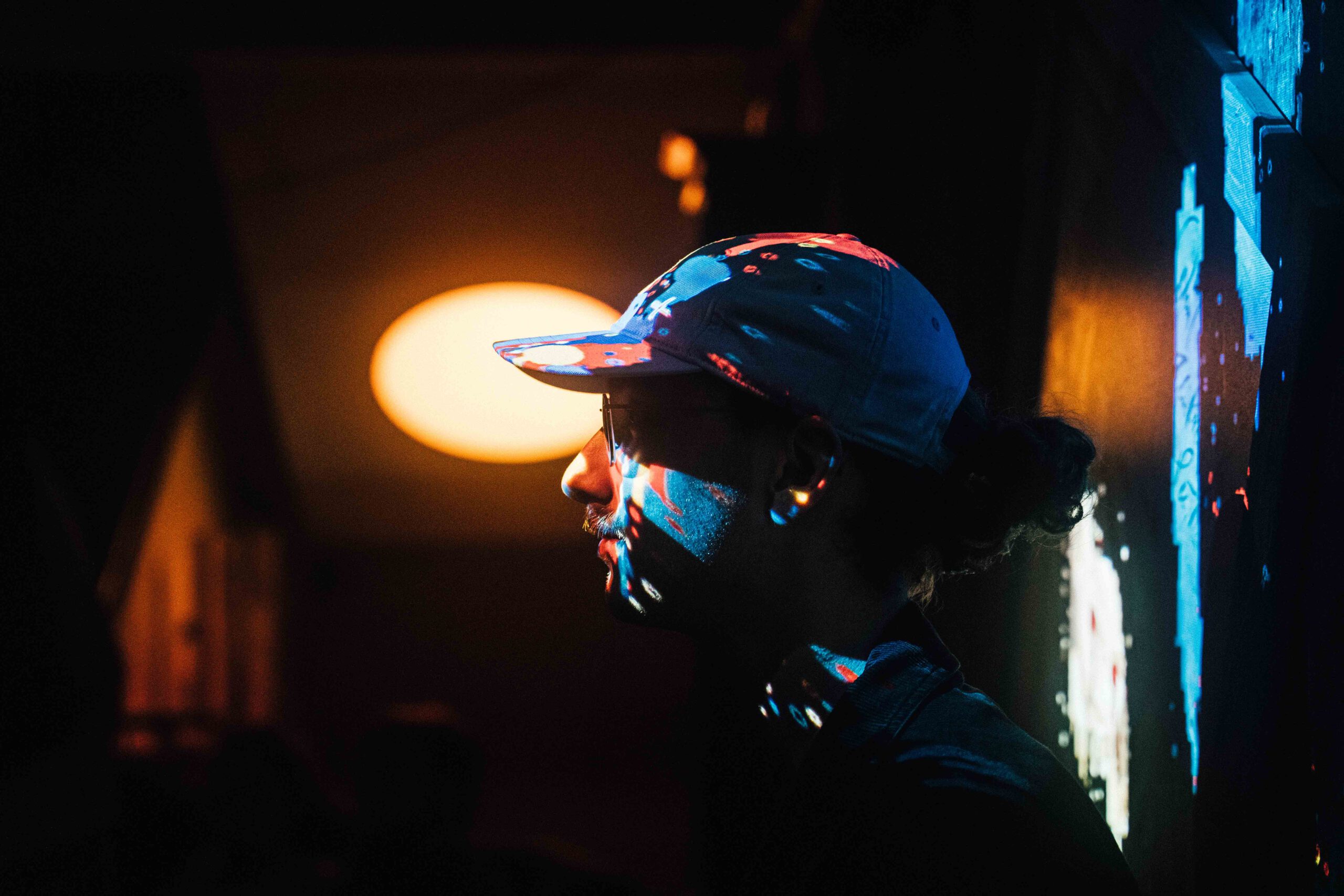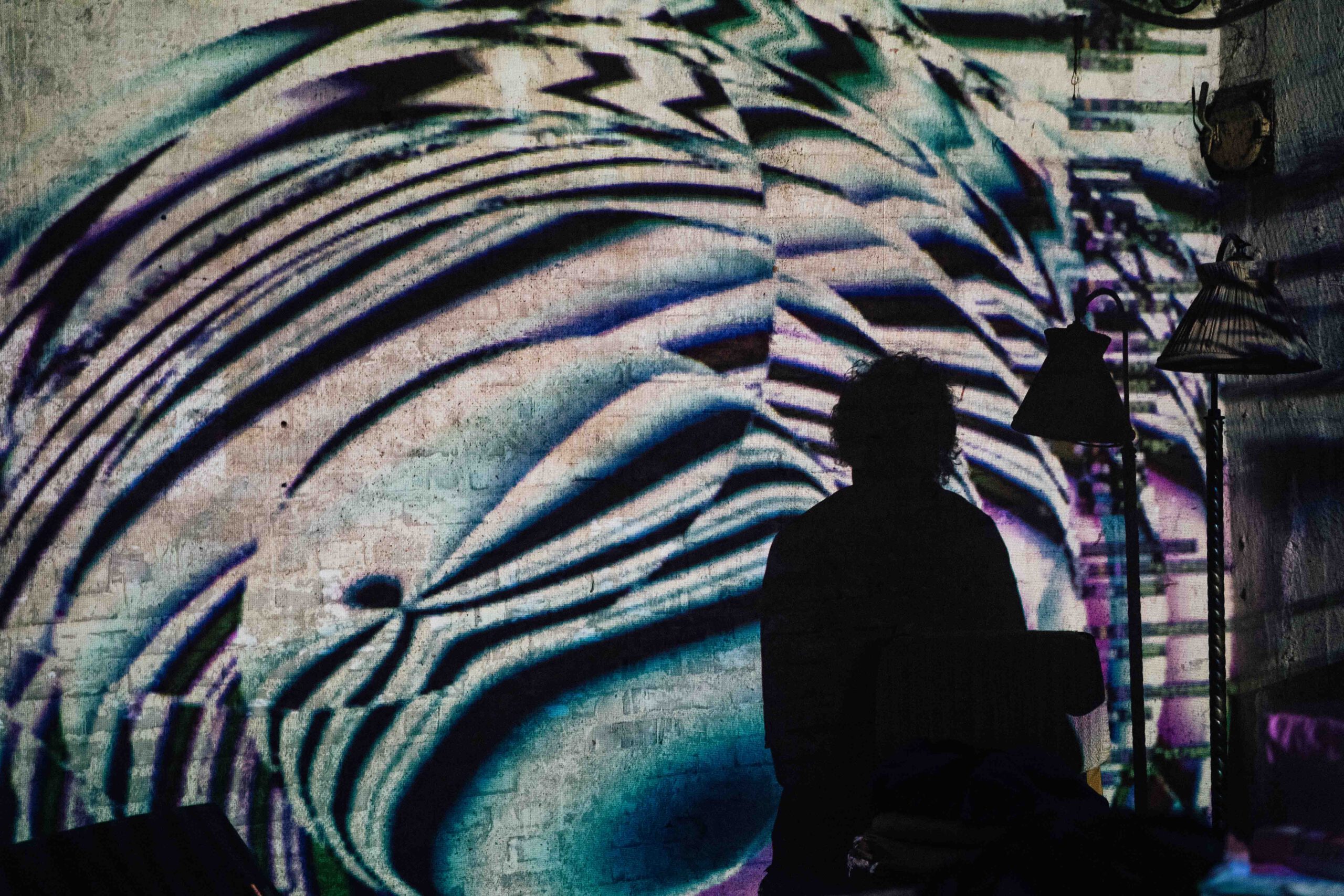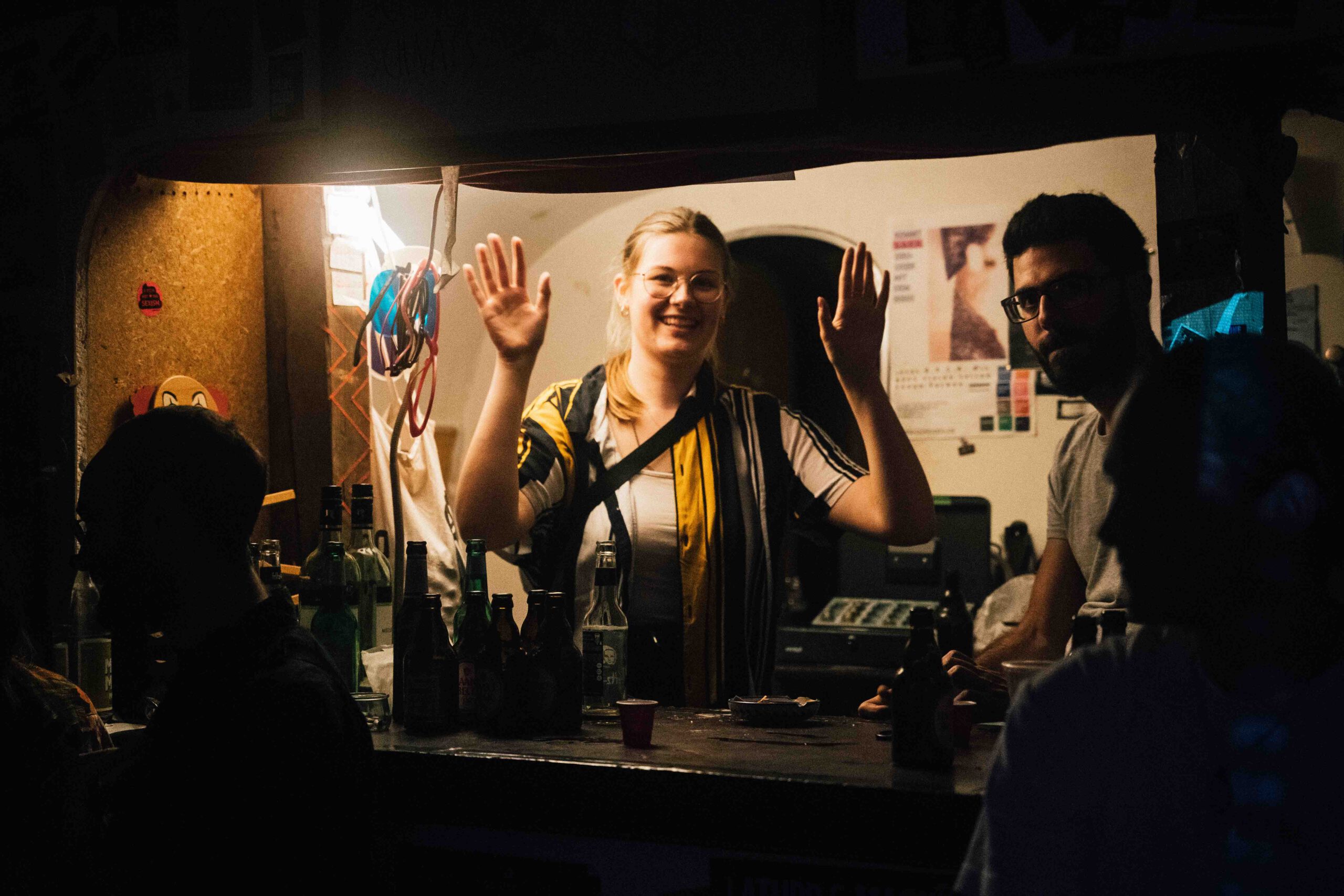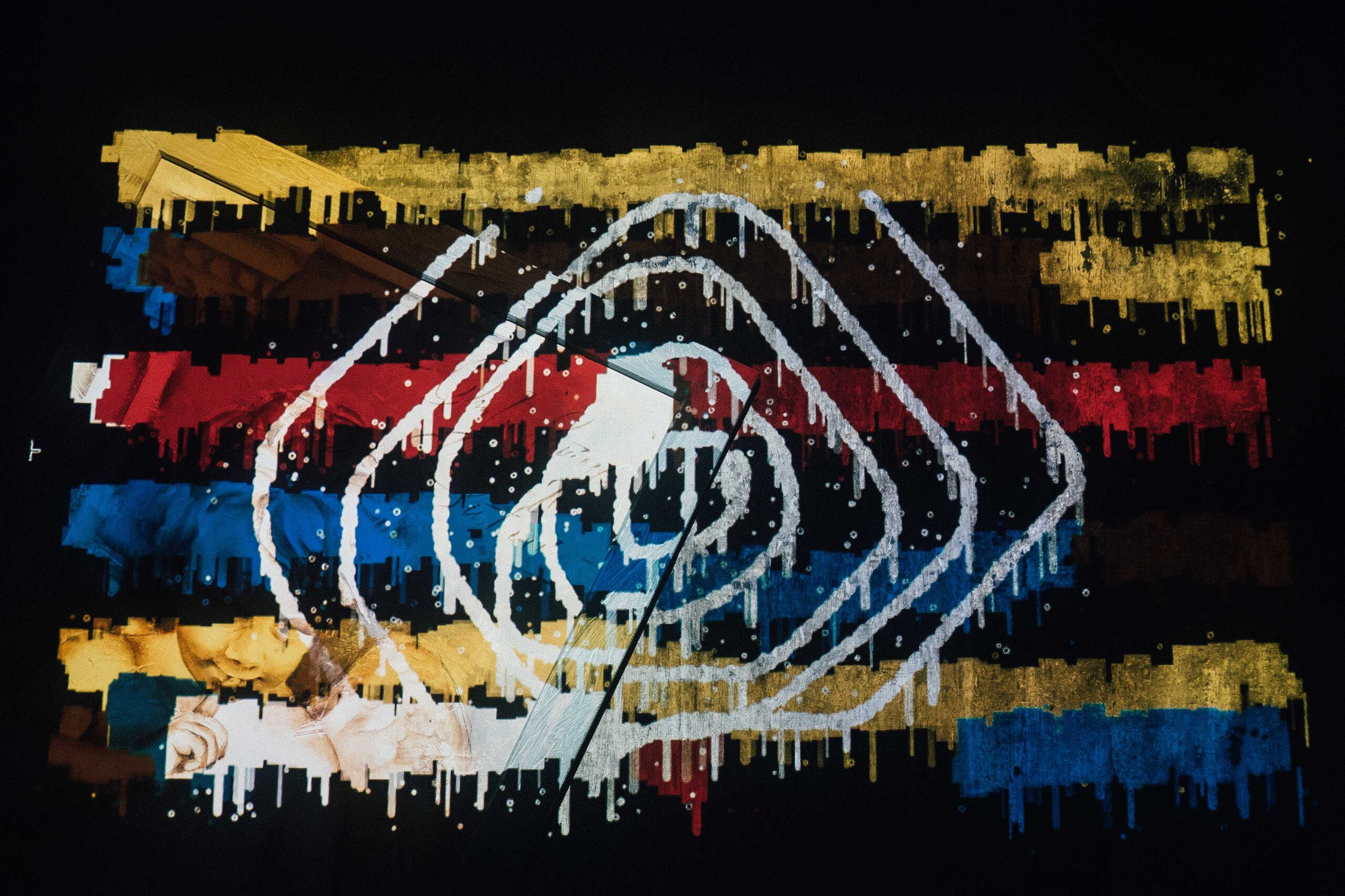DEBRIS
photos by Klaas Klee
pinging the internet
A audiovisual live performance based on the work „Harder Drive“ of Tom Murphy
What is the Internet and what does it look like? What do you think of when you hear “Internet”?
Data highway, Internet of Things, World Wide Web, Cloud, FTP, Modem, 4G, PC, Server, IPnet, Data, eMail, Browser, WIFI, Intrenet, Router, ISP, User, SocialNetwork, IOT, VPN, WEB2.0, LAN, PORT, Provider, DNS
The Internet is a very difficult concept to grasp in my opinion. And something different for everyone.
Does the Internet have a shape?
The “Internet Map” by Dr. Tom Murphy (http://tom7.org/harder/), which shows “all” IP addresses of the WorldWideWeb has impressed me very much, because it seems to visualize the Internet directly.
At first glance, the map looks like a lot of noise. Dirt that becomes impressive patterns when you look closer and zoom in. Some sections have the texture of fields or cities from the Salite perspective, others are reminiscent of Ttris stones.
Everything follows a profound logic, which makes scrolling around the map and searching for patterns all the more fascinating.
The performance musically underpins this fascination, showing interesting structures and patterns.
